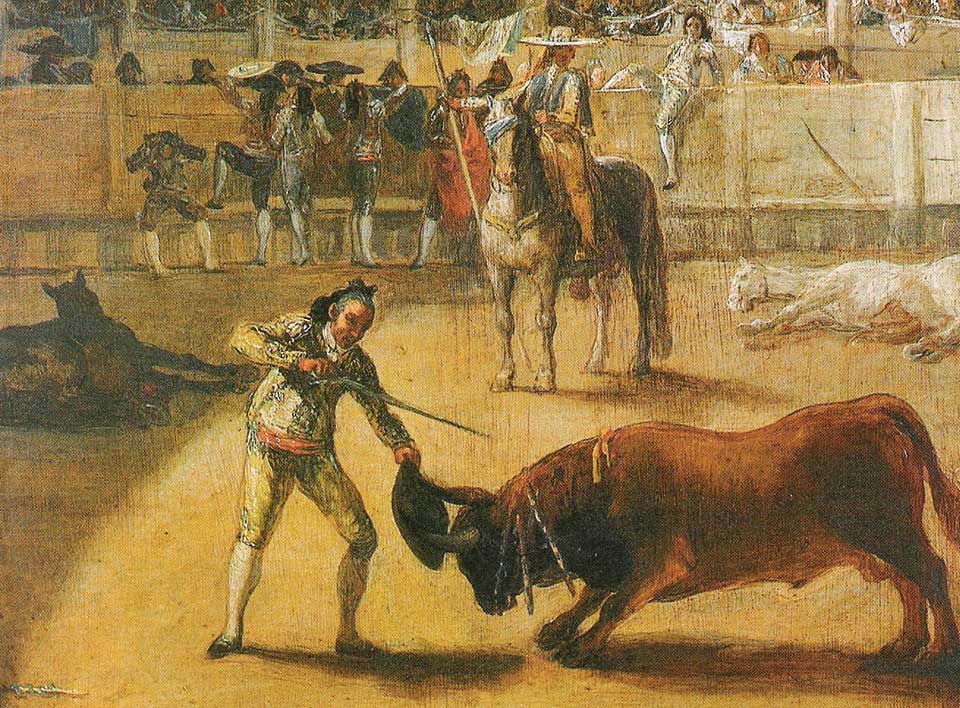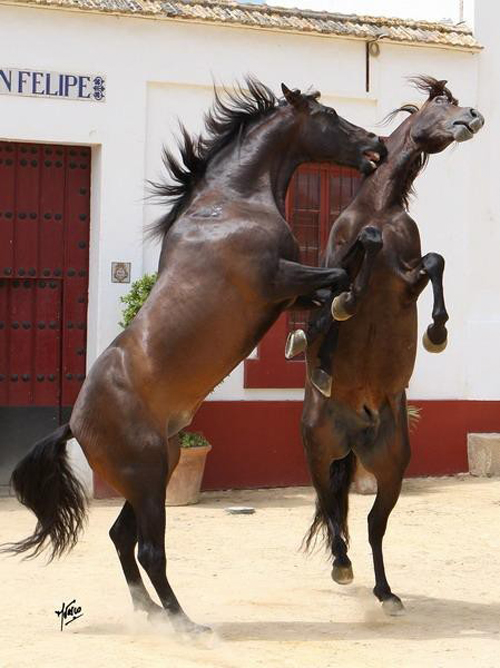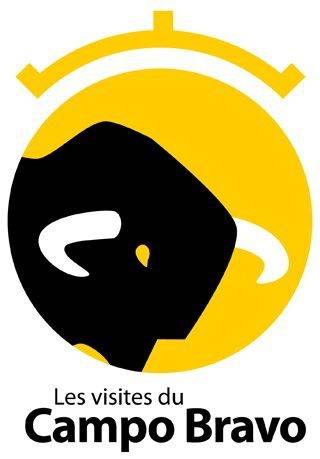

campo bravo tour
the bull and the horse
The toro bravo and the Spanish horse.
To visit a toro bravo farm in Andalusia is to dive into more than 2000 years of passion and history.
Since the dawn of time, the toro has fascinated some and haunted others. From ancient Crete to Hemingway and Picasso, the lords of the dehesa have always exerted their magic and mysteries on mankind.
campo bravo tour
The bull
Since the 18th century, the toro bravo has been bred in Andalusia (but also in the rest of Spain, in the North in the Campo Charro, and in France in the Landes or the Camargue) with the sole purpose of bullfighting. The bull is selected according to the criteria of each ganadero, but it is always a question of Caste, Nobility and Bravery. Each breeder, in his own way, seeks to recreate the perfect toro in his land. The one that will shine and make the glory of the breeding and the bullfighter shine, but also the eyes of the aficionados. The one that will ignite the memories and will feed moons of discussions.
Before this final day, this meeting with its destiny, the toro will be born, live and blossom in almost freedom during nearly 5 years. Under the gaze of the Mayoral, conductor of a breeding orchestra, the young heifer will be evaluated during the Tienta. Selected, she will join the herd and her stallion. Nine moons later, her little one will be born, a male perhaps, that she will protect and raise for almost a year. After the herradero, the young males will live separated from the females. The wild life will teach them to become, 4 years later, this toro that we hope…
campo bravo tour
The spanish horse
The PRE, or Pure Spanish Breed, is the native horse and the preferred partner of vaqueros. Its selection was born from the meeting of the Carthusian monks, missionaries in the Betic plain and native horses. The monks established their monastery on the island of Cartuja, we speak then of Cartujanos horses.
The horse of the cowherd must meet specific needs to work with the toros. It must be noble (kind, calm), it must be powerful and lively, in order to respond with strength and speed to the command of the rider in danger. He is brave without being unconscious. A good horse will sense great danger and be on guard. It is flexible and “short” in order to be able, in case of pursuit, to recort (recut; make a sudden hook) the enraged toro.

